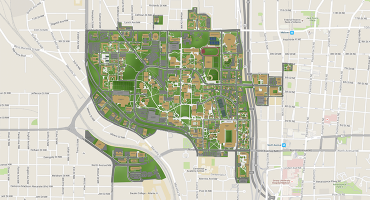We seek to answer how animal body plans and behaviors are set up by the coordinated behaviors of individual cells, over the entire course of development. We want to understand how gene activity can instruct each developing cell to move around, change shape, and connect to other cells.
To do this, we study our closest invertebrate relatives, the tunicates. Tunicates, like us, belong to the Chordate phylum, but most have very simple embryos and compact genomes. The larva of the laboratory model tunicate Ciona has only 177 neurons in its central nervous system and is the only chordate with a fully mapped "connectome". We take advantage of this simplicity to understand molecular mechanisms that might underlie human development and cell biology.
More specifically, we use RNAseq transcriptome profiling to assay transcriptional dynamics in specific progenitor cell types during Ciona development and metamorphosis, and use CRISPR/Cas9 to knock out important transcription factors and their downstream targets. Doing so we hope to understand how gene networks control cell specification, morphology, physiology, and connectivity.



